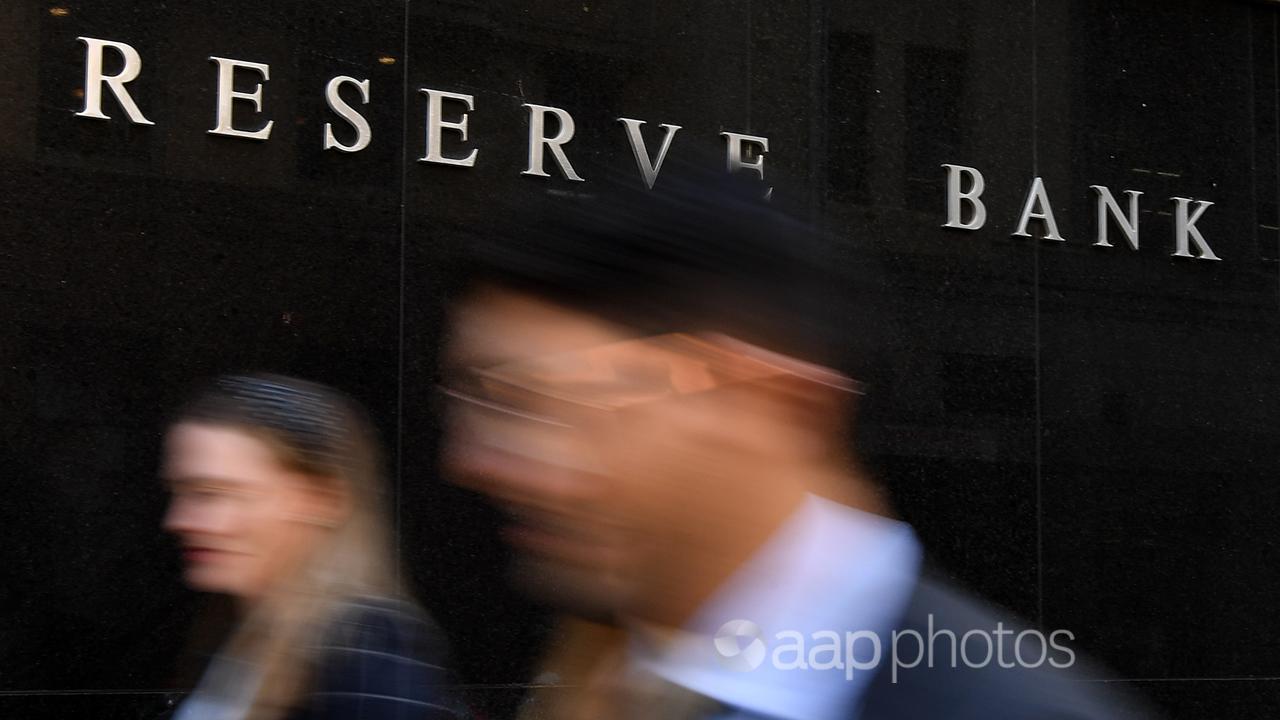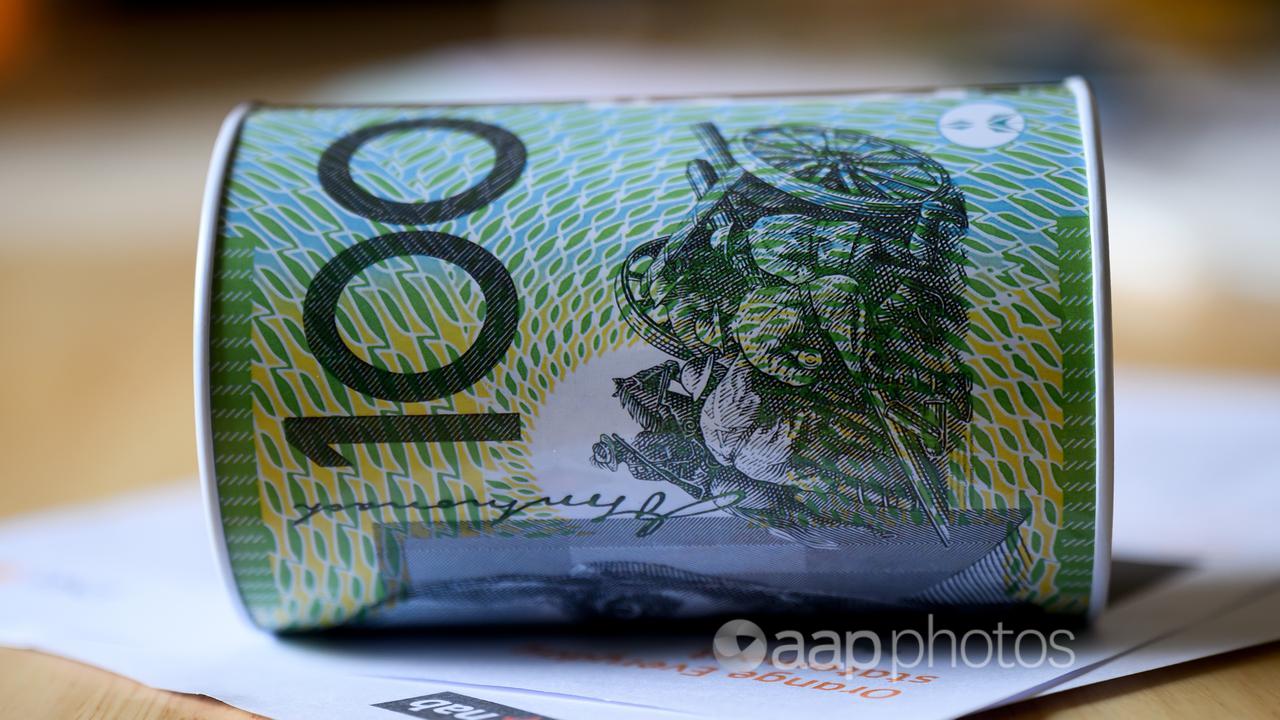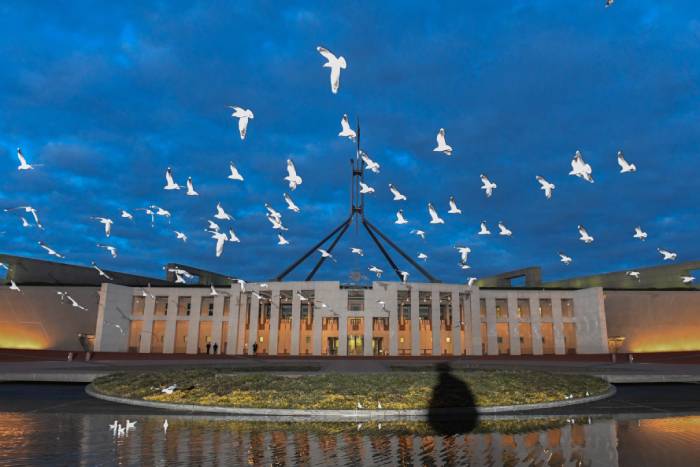Attention is poised to turn to the state of hiring and firing in Australia for signs the labour market is gradually unwinding as expected in a sluggish economy.
Thursday’s labour force numbers for December from the Australian Bureau of Statistics follow a string of surprisingly strong signals on employment.
While not as tight as in the early phases of the post-pandemic recovery – when the jobless rate fell to a decades-long low of 3.4 per cent – the labour market has not been easing as quickly as expected in an economy weighed down by inflation and high interest rates.

In November, the jobless rate unexpectedly slid back to 3.9 per cent, from 4.1 per cent.
The 35,600 jobs added to the economy also exceeded consensus forecasts.
The first rise in job vacancies since mid-2022 in November is further indication of resilient demand for labour.
Commonwealth Bank economists still expect the labour market to ease a little in December, tipping a rise in the jobless rate to four per cent.
The strong jobs market could keep the Reserve Bank of Australia cautious about cutting interest rates, even as underlying inflation takes a convincing step down.
Most important for the RBA’s February interest rate meeting will be quarterly inflation numbers, due at the end of the month.
Ahead of that, Melbourne Institute’s inflation gauge for December, scheduled for Monday, will provide a timely steer on price pressures.
The Australian dollar’s slide against the US greenback has also been generating attention and will continue to do so, with the Aussie briefly trading below 62 US cents earlier in the month.
A weaker Aussie makes overseas travel and importing goods more expensive, though Westpac chief economist Luci Ellis believes any inflationary influence from imports will be small.
Her view was, in part, informed by the Aussie’s performance against currencies other than the greenback, with the US dollar not the only relevant currency for the domestic economic outlook.

The Aussie is still lower when compared to other currencies tracked by the trade-weighted index, a gauge the RBA watches closely, but not nearly as stark when compared with its weakness against the strengthening US dollar.
In addition, the consumer mood will be sampled on Tuesday, with Westpac and Melbourne Institute’s sentiment index to be released.
After a long stint in the doldrums, consumer confidence has been on the rebound as real household incomes improve and interest rate cuts draw closer.
Local markets will respond to a sell-off on Wall Street as its main indexes closed their second consecutive week in the red.
The Dow Jones Industrial Average on Friday fell 696.75 points, or 1.63 per cent, to 41,938.45, the S&P 500 lost 91.21 points, or 1.54 per cent, to 5,827.04 and the Nasdaq Composite lost 317.25 points, or 1.63 per cent, to 19,161.63.
Australian share futures fell 71 points, or 0.9 per cent, to 8208.
The benchmark S&P/ASX200 index on Friday dropped 35.1 points to 8,294.1, a loss of 0.42 per cent, while the broader All Ordinaries fell 34.1 points, or 0.4 per cent, to 8,543.7.



















